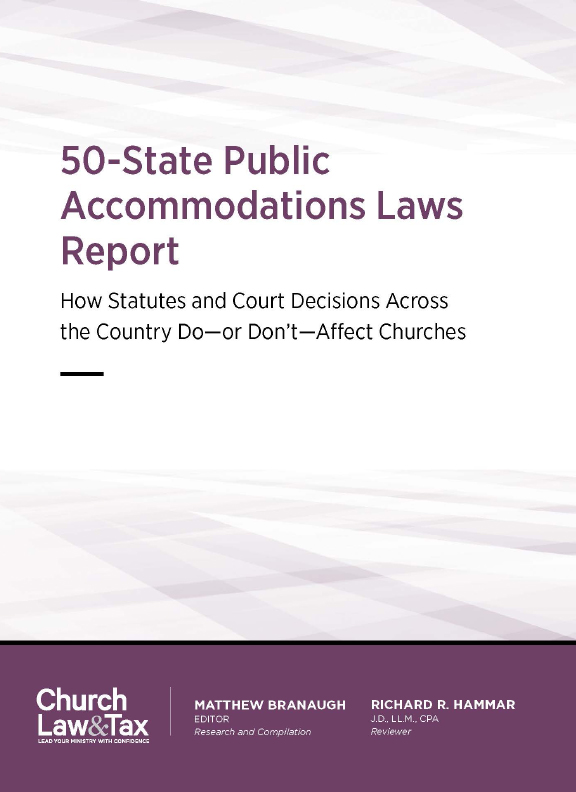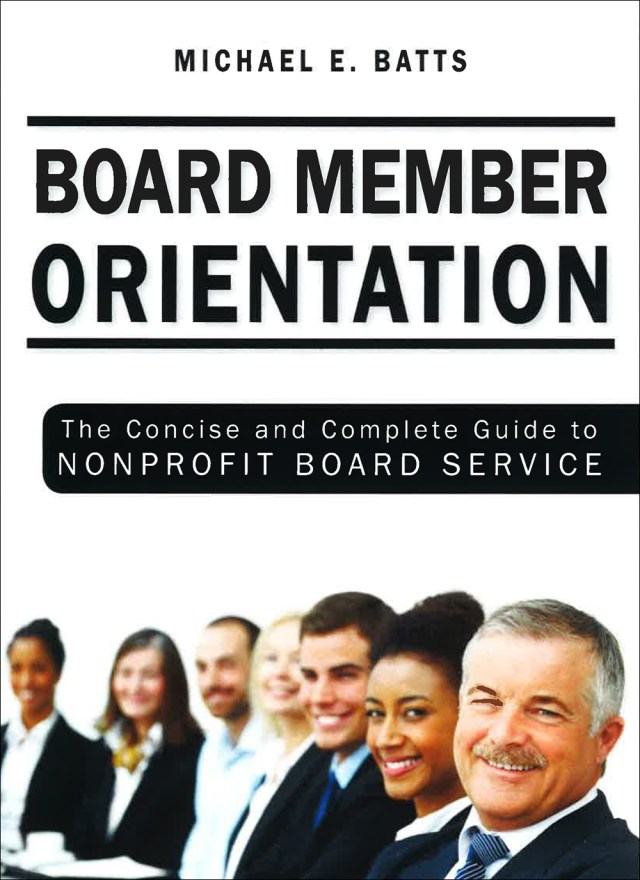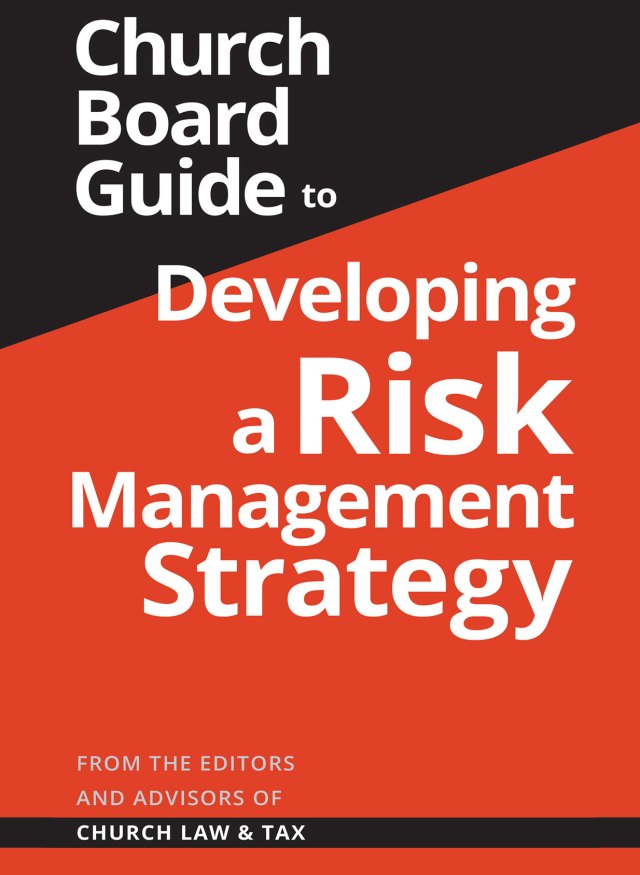Chairing a meeting is harder than it looks. And at times parliamentary procedure doesn’t make that job any easier. Keeping track of what motion is on the floor and who to recognize next is tough. Taking a vote the proper way might seem like a luxury.
Well, as a professional, I’m here to tell you it’s not. Following a pattern and using consistent language to take a vote can do wonders to move your meeting along. Here’s a tried-and-true method.
Voting Step 1: Tell members that it’s time to vote.
Once discussion is over, give the members a heads-up that it’s voting time.
Say this: “There is no further discussion. We will now take a vote.”
Voting Step 2: Tell members what motion they’re voting on.
This is a necessary but often-skipped step. I know you think that members are so entranced by the floor debate and your flawless leadership skills that they know precisely what motion is on the floor for a vote. Let me tell you—they may be looking at you, but they’re thinking about their fantasy football team, not the meeting. So, help everyone out and remind members what they’re voting on before you ask them to vote.
Say this: “The motion on the floor is that we hold a bake sale on January 31 to raise funds for the local homeless shelter.” OR “We are voting on the following motion: that we hold a bake sale on January 31 to raise funds for the local homeless shelter.”
Voting Step 3: Ask members who is in favor of the motion and who is opposed.
You’ve told everyone it’s time to vote and what they’re voting on. Now, ask them to vote.
Say this: “All those in favor, say ‘aye.’ All those opposed, say, ‘no.’” OR “All those in favor, please rise. Be seated. All those opposed, please rise. Be seated.”
(P.S. Read my earlier post to make sure you don’t screw up this step.)
Voting Step 4: Announce the results of the vote.
Tell members who won.
Say this: “The ‘ayes’ have it, and the motion is adopted.” OR “The ‘nos’ have it, and the motion is not adopted.”
Voting Step 5: Announce the effect of the vote.
This step just clarifies what will happen as a result of the vote. All you have to do is tell people whether you will or won’t be doing what the motion said.
Say this: “We will hold a bake sale on January 31 to raise funds for the local homeless shelter.”
Maybe you read these steps and think, overkill—as in, this will take forever and complicate life.
Well, before you write it off, can you just give it a try? Obviously, it’s more words than just saying, “Ok, let’s vote. Who’s in favor? Awesome. Let’s have a bake sale.” But I promise, the extra words are worth it because they keep everyone on the same page, saving you the trouble of getting everyone caught up, especially the guy who was thinking about his fantasy football team. And the consistency of the wording sets your members at ease because they know what to expect. Process helps everyone.
This post first appeared on The Law of Order. Used with permission.
Related resource: Church Governance: What Leaders Must Know to Conduct Legally Sound Church Business





